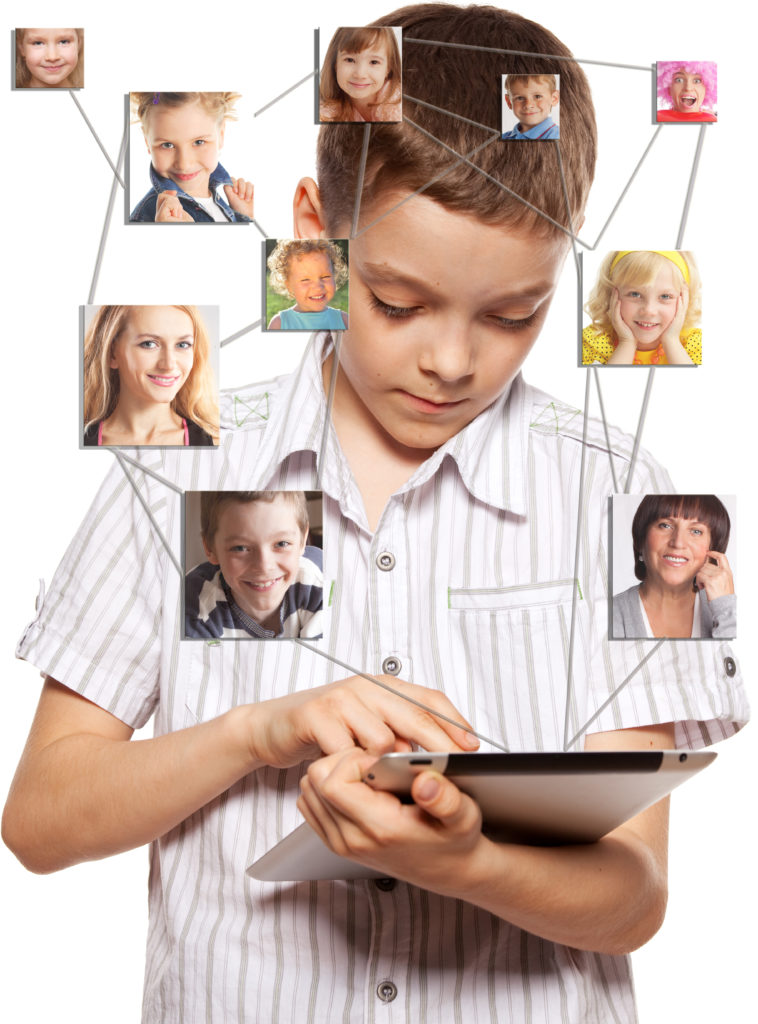Which Second Language Should Your Child Learn? Here’s How to Decide
Choosing a second language for your child can be an exciting and meaningful decision. A new language can open doors to education, career opportunities, and cultural experiences that shape their future. With so many languages to choose from, which one is right for your child?
We’ve gathered a list of impactful and practical second languages for children, highlighting what makes each one valuable in today’s world.
Spanish
Spanish is one of the most commonly spoken languages in the United States. According to the U.S. Census Bureau, over 40 million people spoke Spanish at home in 2016—a 133% increase since 1990. Spanish shares many cognates with English, which makes it easier for kids to learn. Plus, your child will have plenty of opportunities to practice it with others, both in school and in daily life.
Latin
While Latin is no longer a spoken language, it remains a powerful tool for learning. The University of Kentucky calls it “a highly organized and logical language” that sharpens the mind and improves problem-solving skills. Latin is the root of many modern languages and a large portion of English vocabulary. It’s also essential for students interested in science or medicine, where many terms come from Latin origins.
Chinese (Mandarin)
One in five people on Earth speaks Chinese, making it the most spoken language in the world. As China continues to grow as a global economic powerhouse, Mandarin is becoming increasingly valuable in business, international relations, and technology. Learning Chinese may be challenging for English speakers due to tonal pronunciation and character-based writing, but the long-term benefits are significant.
French
French is known as the “language of love,” but it’s also a major player in business, literature, and diplomacy. The University of Virginia suggests that learning French can boost creativity, and Forbes notes it could become the most spoken language by 2050. It’s also an official language in Canada, making it a practical option for North American families.
German
Germany leads the world in engineering and innovation, so it’s no surprise that German is a great language for future scientists and engineers. It shares many linguistic roots with English, including similar vocabulary and grammar structures, which makes it easier to learn than some non-European languages.
Dutch
Dutch is closely related to both English and German. If your child has exposure to either, Dutch will be a natural next step. The Netherlands is known for its high quality of life and progressive culture. Learning Dutch can open up opportunities in travel, work, and global citizenship in Northern Europe.
Italian
Italian is a favorite for kids who love history, art, and music. With ties to Latin, Italian helps learners build strong vocabulary and grammatical understanding. Italy’s contributions to fashion, architecture, and the culinary arts also make the language especially appealing for creative children.
Swahili
Swahili is one of the most spoken languages in Africa and is used in many humanitarian and diplomatic fields. It may be more complex for English speakers, but learning Swahili can be incredibly rewarding—especially for children who care about global issues, wildlife, or cultural exchange. It’s also useful for future travel and volunteer work in East Africa.
How Dinolingo Can Help Your Child Learn
Dinolingo offers engaging and age-appropriate lessons in over 50 languages, including many of the ones listed above. Designed for kids ages 2–14, our platform includes interactive videos, games, stories, and printable materials. With access through web, iOS, or Android, one subscription can support up to six users, making it easy for the whole family to join in. Plus, our built-in reward system and parent dashboard help keep kids motivated and on track.
Final Thoughts
The best language for your child to learn is one that connects with their interests, passions, or future goals. Whether it’s to communicate with relatives, prepare for a career, or explore a new culture, a second language can become a lifelong gift. With consistent practice and the right tools, your child can begin their journey today.



